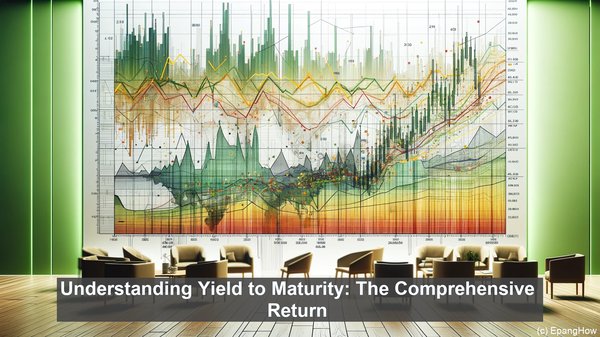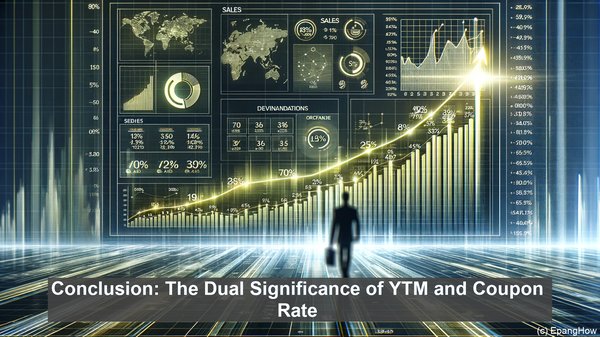Introduction: The Bond Market and Its Metrics
Hello and welcome! The bond market is a vast ecosystem, offering a range of investment opportunities. But to navigate it effectively, one must understand the key metrics associated with bonds. Today, we’ll focus on yield to maturity and coupon rate, two metrics that play a pivotal role in bond valuation and investment decisions.

Defining Coupon Rate: The Fixed Interest Component
Let’s start with the coupon rate. When you purchase a bond, you essentially lend money to the issuer, who promises to pay you back the principal amount at maturity. However, in the interim period, the issuer pays you periodic interest, known as the coupon. The coupon rate is the annual interest rate expressed as a percentage of the bond’s face value. For instance, if a bond has a face value of $1,000 and a coupon rate of 5%, the issuer will pay $50 as interest annually.
Understanding Yield to Maturity: The Comprehensive Return
While the coupon rate provides clarity on the periodic interest, it doesn’t capture the complete picture. That’s where yield to maturity (YTM) comes in. YTM considers not just the coupon payments but also the bond’s price in the secondary market. It represents the total return an investor can expect if the bond is held until maturity, factoring in both the coupon payments and any potential capital gains or losses. YTM is expressed as an annual percentage, just like the coupon rate.

Factors Influencing YTM and Coupon Rate
The YTM and coupon rate of a bond are influenced by various factors. The prevailing interest rates in the market play a significant role. If the market interest rates rise above a bond’s coupon rate, its price in the secondary market may decline, resulting in a higher YTM. Conversely, if the market rates fall below the coupon rate, the bond’s price may rise, leading to a lower YTM. Other factors include the bond’s credit rating, maturity period, and prevailing economic conditions.
Investment Implications: Balancing Risk and Return
For investors, understanding the interplay between YTM and coupon rate is crucial. A bond with a higher coupon rate may offer attractive periodic income, but if its YTM is lower, the overall return potential may be limited. On the other hand, a bond with a lower coupon rate but a higher YTM may offer the potential for capital gains. The choice between the two depends on an investor’s risk appetite, income requirements, and market outlook.
